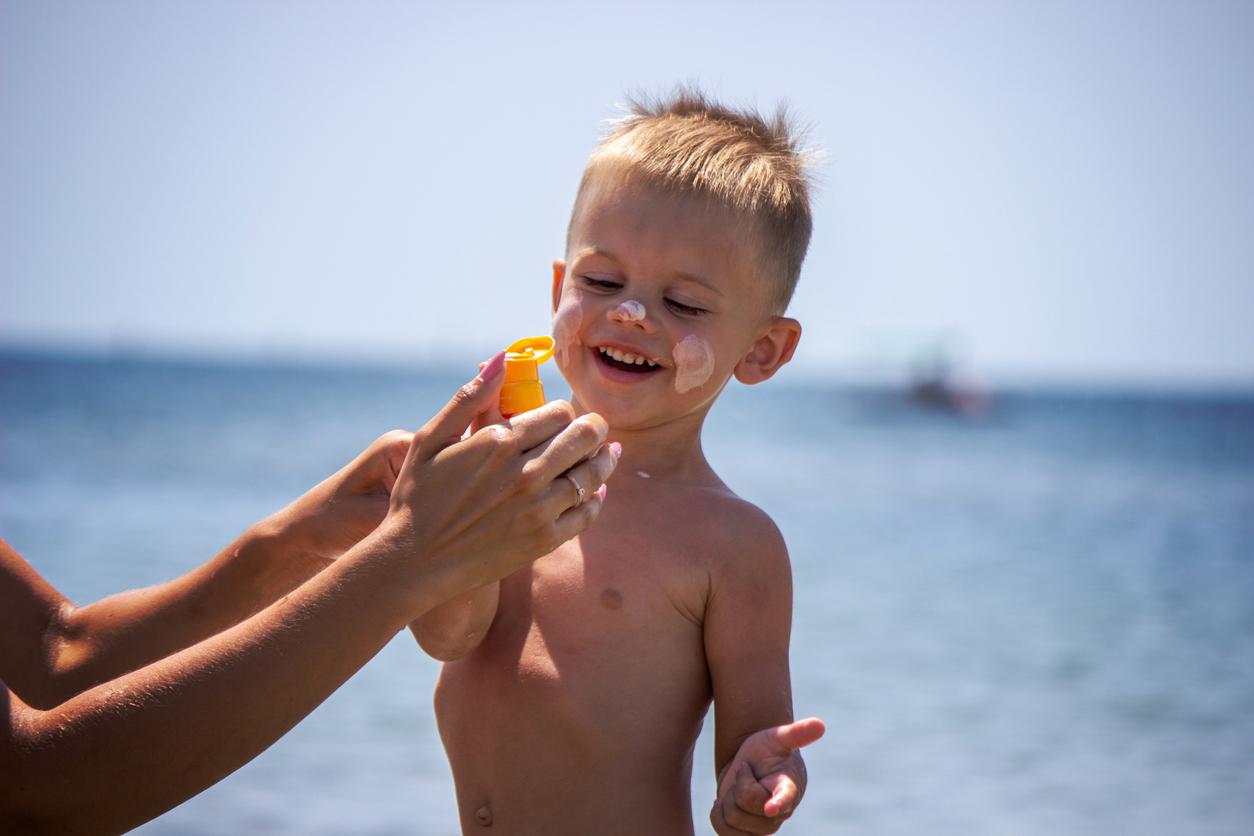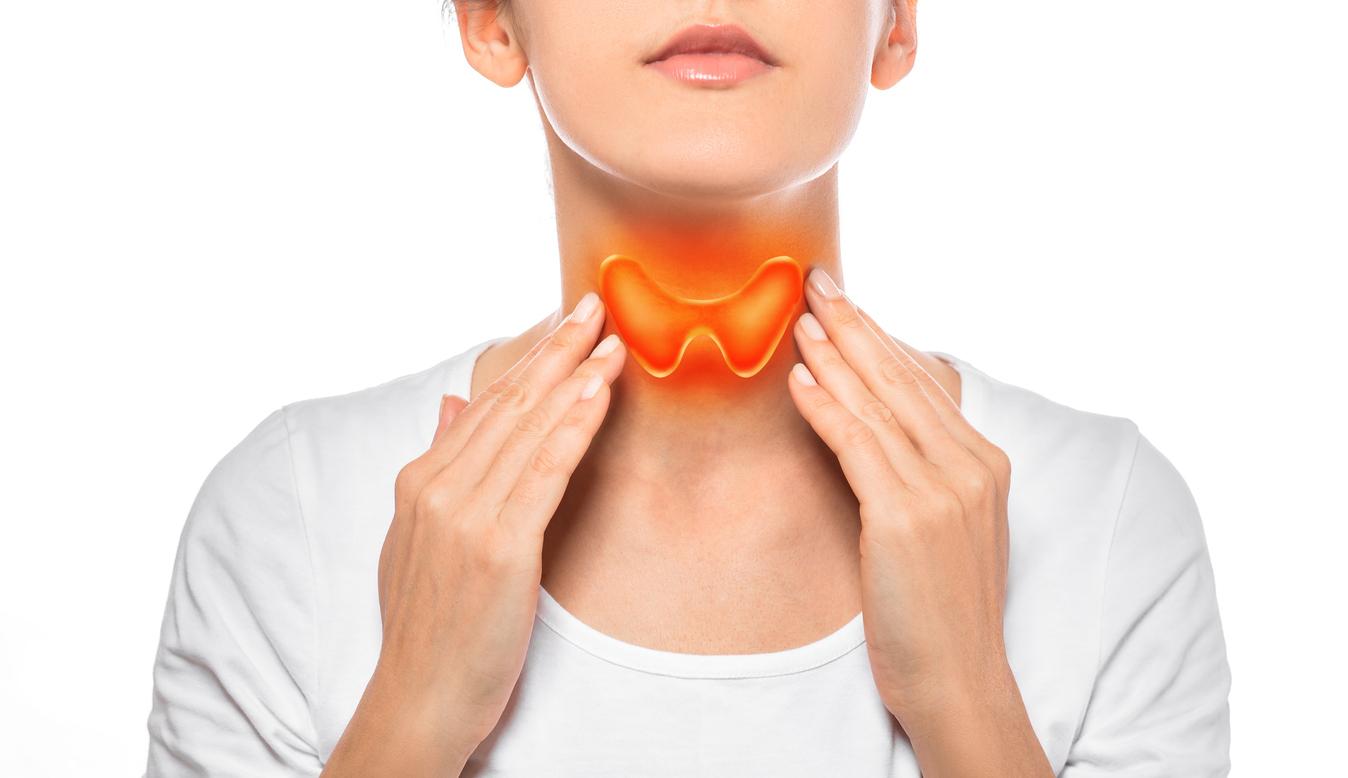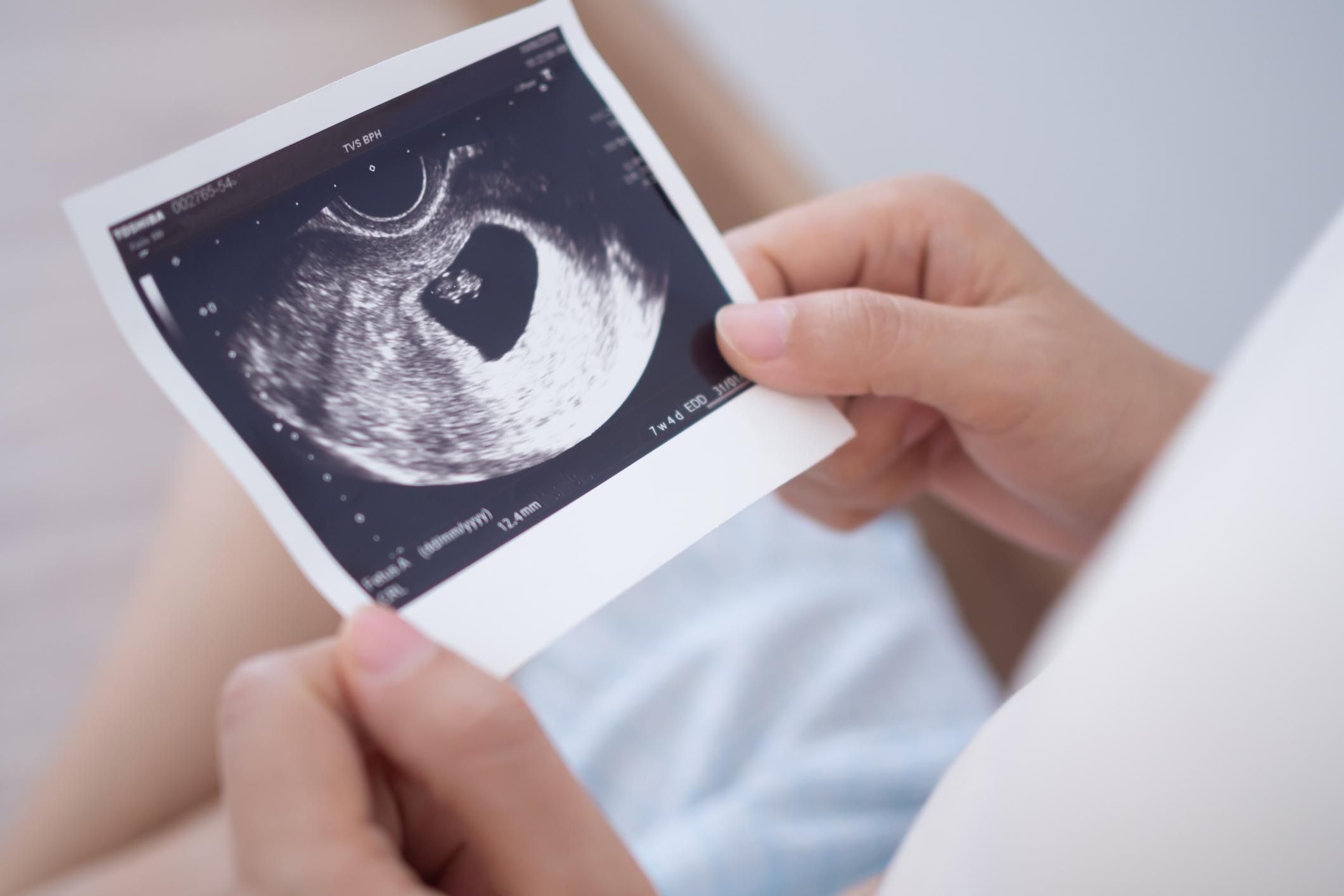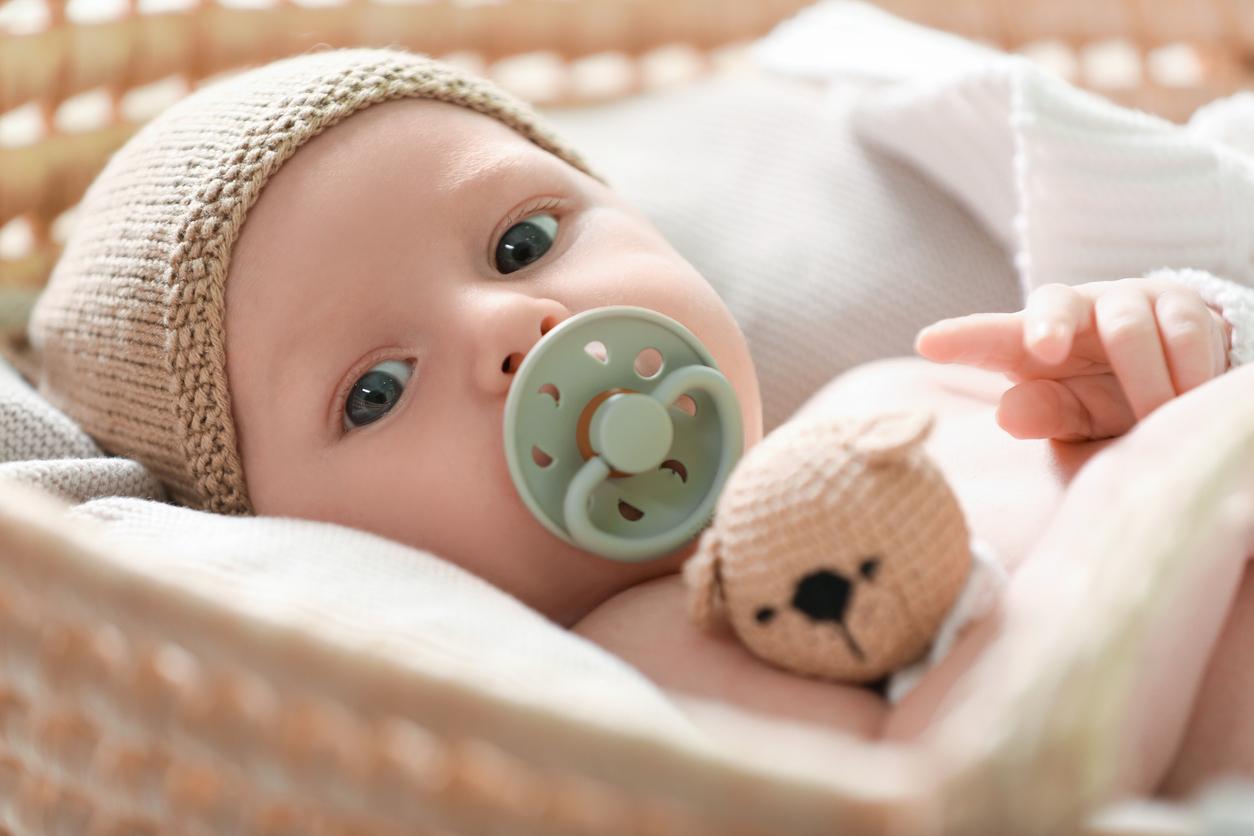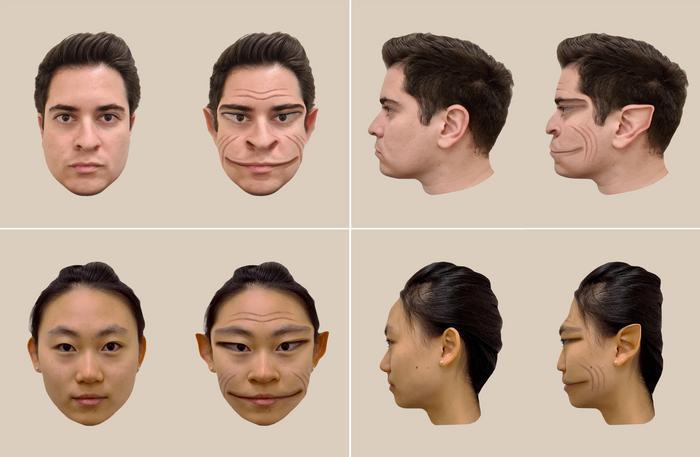After the hut syndrome – occurred in people who did not want to deconfine and resume a “normal” life in May 2020 – the health restrictions linked to the Covid-19 pandemic have led to the emergence of a new condition, the “blank face” syndrome. But what is it exactly? It’s about “of a set of symptoms that are related to anxiety and that appear with the removal of the mask and even with the fear that this measure will be definitively abandoned“, indicates Georgina del Valle, psychologist, to the Catalan newspaper El Periodico.
Accustomed to wearing a mask for almost two years, some no longer want to part with it, especially in adolescents. And according to the specialist, physical exposure and the fear of rejection and ridicule can be one of the many explanations for this phenomenon. “It is during adolescence that we give more importance to the physical aspectrecognizes the specialist. That’s why it means that after so long there are difficulties in removing the mask.”
Who is affected by blank face syndrome?
“It mainly affects adolescents who were protected from the gaze of otherssays Brigitte Prot, educational psychologist, interviewed by the HuffPost. To remove the mask is to be uncovered. Without the mask, teenagers are much more exposed.” This can generate a whole lot of complexes in them and at the same time, the feeling of a lack of protection, seen as a means of defence. The specialist prefers to speak of “bare face syndrome“:”Empty, that would suppose that when we don’t have a mask, our face is empty, on the contrary, that’s when it’s full“, she continues.
But this syndrome can also affect people with an anxious profile, hypochondriacs or people suffering from extreme shyness, of any age category. Clinical psychologist Aline Nativel Id Hammou even notes that more adults would be affected. “Among adults, there is perhaps a greater awareness of the consequences of Covid, of this question of responsibility. Most children and teenagers are very happy that there is no more mask, it’s a form of liberation and appeasement“, she confides to the HuffPost.
Keep the mask on for reassurance
This psychological syndrome is currently not recognized, and will certainly not be for a few months. “It still takes months or at least a few weeks of hindsight to know if this syndrome could settle in any human.“, acknowledges Aline Nativel Id Hammoud.
In this case, give yourself time to adapt, and leave the mask only gradually, in uncrowded places at first. “Do a gradual exposure and taking into account that we all need a process of adapting to changes“, advises Georgina Del Valle, who specifies that it is necessary consider this syndrome as a phobia. For two years, the mask has been associated with safety and getting rid of it can be compared to a form of vulnerability.
“If one is uncomfortable, what one still needs. So you have to simply listen to what you feel, try to listen to your anxieties too, ask yourself if they are relevant or not.“, confirms the clinical psychologist, who recommends “to go gradually“. So if you still don’t feel it, don’t force yourself, continuing to wear the mask is not prohibited.
Sources:
- “Síndrome de la cara vacía: ¿Quitarse la mascarilla puede provocar un nuevo trastorno?”, El PeriodicoApril 2022
- What do we really know about “empty face syndrome”? We asked two shrinks, HuffPostMay 2022
Read also:
- Covid-19: where is it advisable to (still) wear the mask?
- Covid-19: for whom are FFP2 masks recommended?
- After 2 years of pandemic, Google searches about burnout explode











